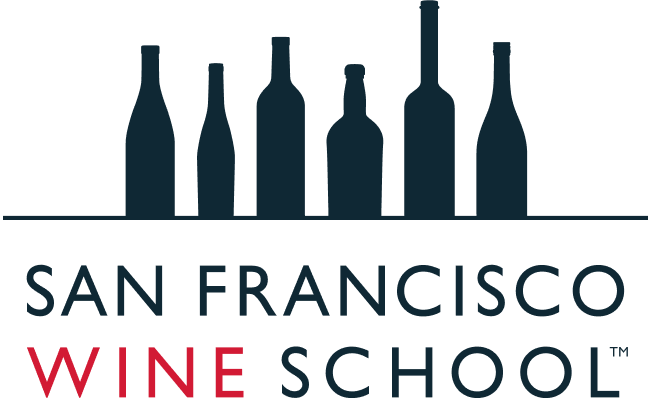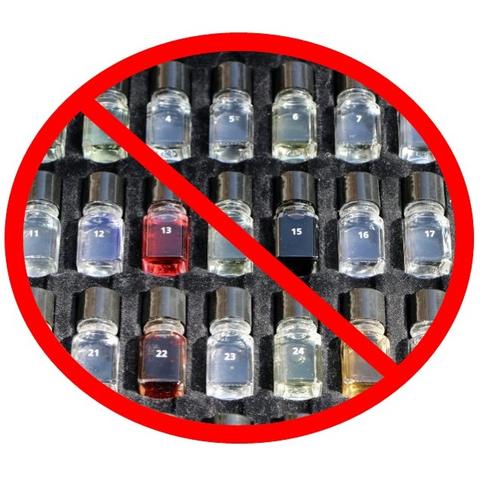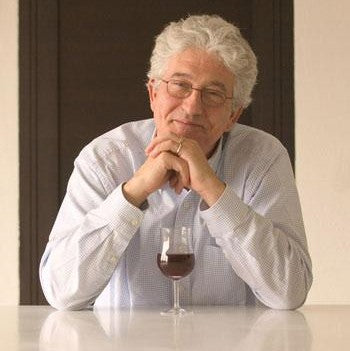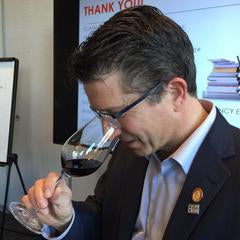by David Glancy, MS, CWE
I am often asked about various wine gizmos and gadgets and also about the best way to learn how to taste wine. Today those questions came bundled together. To be blunt, I detest Le Nez du Vin (The Nose of Wine) kits. They have 9 different kits, averaging over $100 and with the Master Kit costing a pretty $399. While it seems very convenient to have 54 aromas in a single box, shortcuts are often too good to be true or useful. The vials contain manufactured aroma essences in an oil base. As you open each one to smell it, the oils start to get on your fingers. It does not take long before everything smells like the sum of all of them. The aromas also do not last forever and are ideally stored in a refrigerator for less than a year before you shell out another $400 for a fresh set of scents. Ask other pros what they think. The vast majority I have spoken with agree that natural ingredients are what you need to smell.
How in the world is this possible you ask? Go to the farmers market or any grocery store and smell fresh fruit and vegetables. Go to the flower mart or a florist or a garden and smell the flowers. Literally stop to smell the roses. Open your spice rack to smell the herbs and spices, but better yet smell fresh herbs. Pay attention to details when you are cooking or dining out. Take hikes and smell everything around you including waterfalls, creeks, ponds, beaches, forests, meadows. All of this is the way to supplement formal training. My fellow Master Sommelier, Alan Murray, Wine Director of Jardiniere Restaurant, said, "I find it much more valuable to visit a spice store and get the real thing. You can enjoy different spices or the same spices etc. grown in different places/ climates. You will enjoy the differences and the nuance of each. Nothing beats the real thing."
Our approach at San Francisco Wine School is to guide you to learn how to taste and talk about wine with Wine 101 before we even begin any blind tasting. Once you understand how to analyze the structure of wine (sugar, acid, tannin, alcohol & body) and to describe aromas we can take the next step. Intro to Blind Tasting is where we put structure and aromas to the test with clues gained from the sight, nose and palate (look, smell, taste). Our Intermediate Blind Tasting Program dives in deep with component tasting to get structure analysis razor sharp and work more on aromas by putting actual fruits, herbs, spices, etc. into wine instead of chemical essences in oil. We also work as a class to profile the most important grape varieties and where they are grown. Finally we get to Advanced Blind Tasting Program where students learn tips and techniques for various exams and practice with difficult flights of wines that are easily confused with each other. They learn how to isolate what is different about similar grapes. Along the journey from Wine 101 to Advanced there are many opportunities to practice in our weekly Wine Dojo, in your own tasting groups outside of school, visiting wineries, "study" while dining or in wine bars and in our many Programs and Workshops covering the entire world plus trade tastings and Events. We give you the technique, but there is no shortcut. Theory also connects to everything. You must read and study to know the classic wines of the world, where different grapes grow and how they differ between various terroirs. Tasting reinforces theory and theory is critical for making correct final conclusions in blind tasting. You must taste thousands of wines to become masterful. It's tough homework, somebody has to do it, so it might as well be you!



